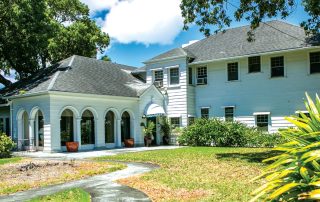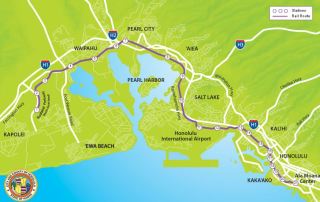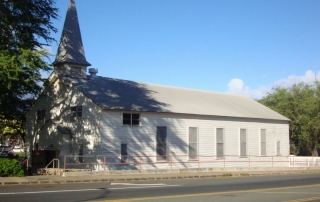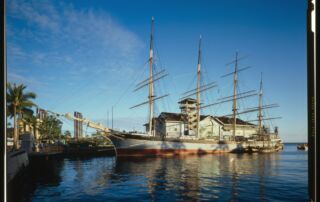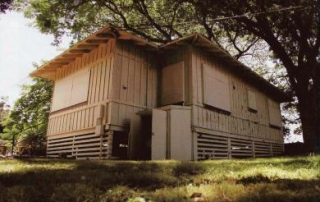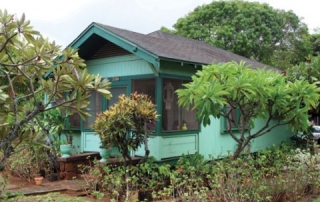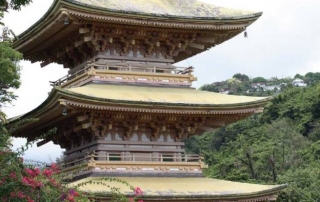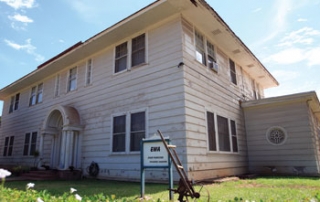Queen’s Theater (2006)
Photos:Courtesy of Rae Huo UPDATE: 2008 Friends of the Queen Theater (http://friendsofqueentheater.org/) was formed as a community-based campaign to raise public awareness of the theater and its potential for renovation and reuse. LISTED AS ENDANGERED IN 2006 Article Written By: Michael Keany, HONOLULU Magazine What is it? The Queen’s Theatre, near the top of Wai‘alae Avenue in Kaimukı, is a survivor from the golden age of cinema. Built in 1936, the 850-seat theater hosted everything from traveling vaudeville shows to 25-cent matinées. In later years, it became a second-run theater that hosted midnight showings of The Rocky Horror Picture Show and then a XXX theater that was eventually raided by the police in the mid-1980s. It has lain dormant ever since, but its fading art deco façade still tantalizes theater buffs and neighborhood activists. Lowell Angell, a local theater historian, says, “It’s still one of the few, if not the only, remaining theater facilities that could be renovated and put back into use.” What threatens it? The reclusive owner of the theater, Narciso Yu. It’s not that he wants to tear it down. Ginny Meade, executive director of the Greater East Honolulu Community Alliance, says, “Ciso used to tell me that he had a dream that it would be a theater again, and so he wouldn’t let it become a car parts store like the Cinerama.” But Yu has proved resistant to any other plans for the theater, including restoration. In fact, it’s nearly impossible to get a hold of him. “Everyone in the world wants to restore or purchase or do something with that place, and they all call me to find out what’s going on,” Meade says. These days, though, even she doesn’t [...]



